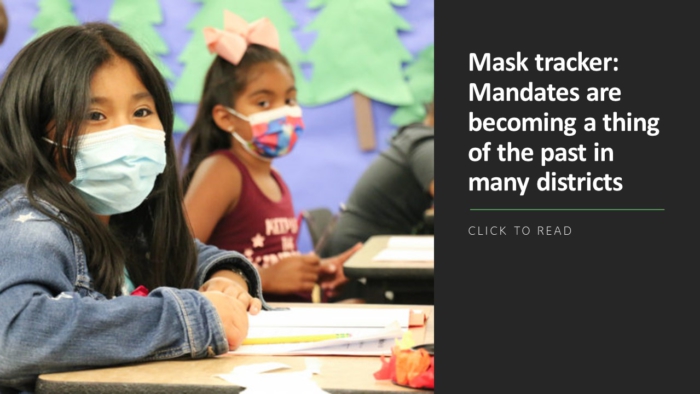Summer school can be both the most entrepreneurial and most unequal season in education—a time when students can learn in more engaging ways or continue to face long-embedded inequities.
That’s one reason that Aaron Philip Dworkin prefers the phrase “summer learning” to summer school because the latter has connotations of punishment, remedial enrichment, stuffy classrooms and adults making all the decisions. “Summer learning can be academic plus enrichment, plus health and fitness, and it doesn’t have to happen in buildings—you can have certified teachers working at an aquarium,” says Dworkin, CEO of the National Summer Learning Association. “Combine summer school and summer camps. Make it so fun and engaging that it’s voluntary and people will come.”
Thanks to American Rescue Relief funds, districts have an unprecedented level of funding to develop more appealing summer programs to help students recover learning disrupted by the delta and omicron variants this school year. But Dworkin urges district leaders not to try to be experts at everything. If they have been laser-focused on academics, they should strongly consider partnering with a community organization that can provide social-emotional enrichment and outdoor activities or field trips.
Summer is also an opportunity to engage students in different settings. High school students looking for summer jobs will be most eager to participate in paid internships. Some districts have developed programs in which students are paid to take math or English in the mornings and then go to internships where they may also begin working toward certifications. Students in Charlotte, North Carolina, for instance, can earn certifications in Microsoft programs.
Administrators can contend with the challenge of enrollment by ensuring their summer programs are widely publicized and tailored to the families who will be best served by the programs. Districts can use The National Summer Learning Association’s DiscoverSummer website as one recruitment tool. “There’s a lot of hyper-collaboration and hyper-creativity at the local level,” Dworkin says. “This is on people’s radar in ways it’s never been before.”
5 keys to planning
Summer schools can produce big gains for students in math, reading and social-emotional skills. Districts now have a surplus of American Rescue Plan relief funds to support the extensive planning needed to build effective, high-quality programs, says Catherine H. Augustine, a senior policy researcher at the RAND Corporation. Augustine detailed five keys to creating high-quality summer learning:
More from DA: 7 age-appropriate ideas for helping students grasp the war in Ukraine
- Begin planning early in the school year. Federal relief funds could allow administrators to hire or reassign an employee to be solely responsible for managing the summer school planning process, which also requires work on transportation, nutrition, human resources and other components of the regular school year.
- Get your curriculum in place early: Administrators should have lessons plans in place because during the summer even the best teachers don’t have to build a curriculum. Designers must also understand what progress students made during the school year to ensure the summer curriculum meets their learning needs.
- Summer learning takes time: Students need at least five weeks of instruction and an hour-and-a-half per subject each day. This schedule also accounts for the probability that students won’t have perfect attendance during the summer.
- Climate is crucial: Kids are most likely to attend when they feel wanted by educators who have created warm and welcoming climates. Schools can also improve attendance by blending in activities like rock climbing and flag football in the afternoons.
- Recruit your best teachers: Even the most dedicated teachers need enticements to work summer schools; these can include higher pay, bonuses and on-site child care—”whatever districts can do to make it more attractive for high-quality teachers who are going to bring energy and enthusiasm, and who believe in the mission of helping kids over summer.”
The additional funding can also enable schools to add a tutoring element to the summer program. While Augustine recommends a summer school class size of 12 or less, students may also need one-on-one or small group interventions if they struggle. “A quality summer program is really hard to pull off,” Augustine says. “At a time when a lot of kids don’t have the opportunity to go to a fancy summer camp or do other things, why not provide them with the same opportunity that their wealthier peers will have.”



